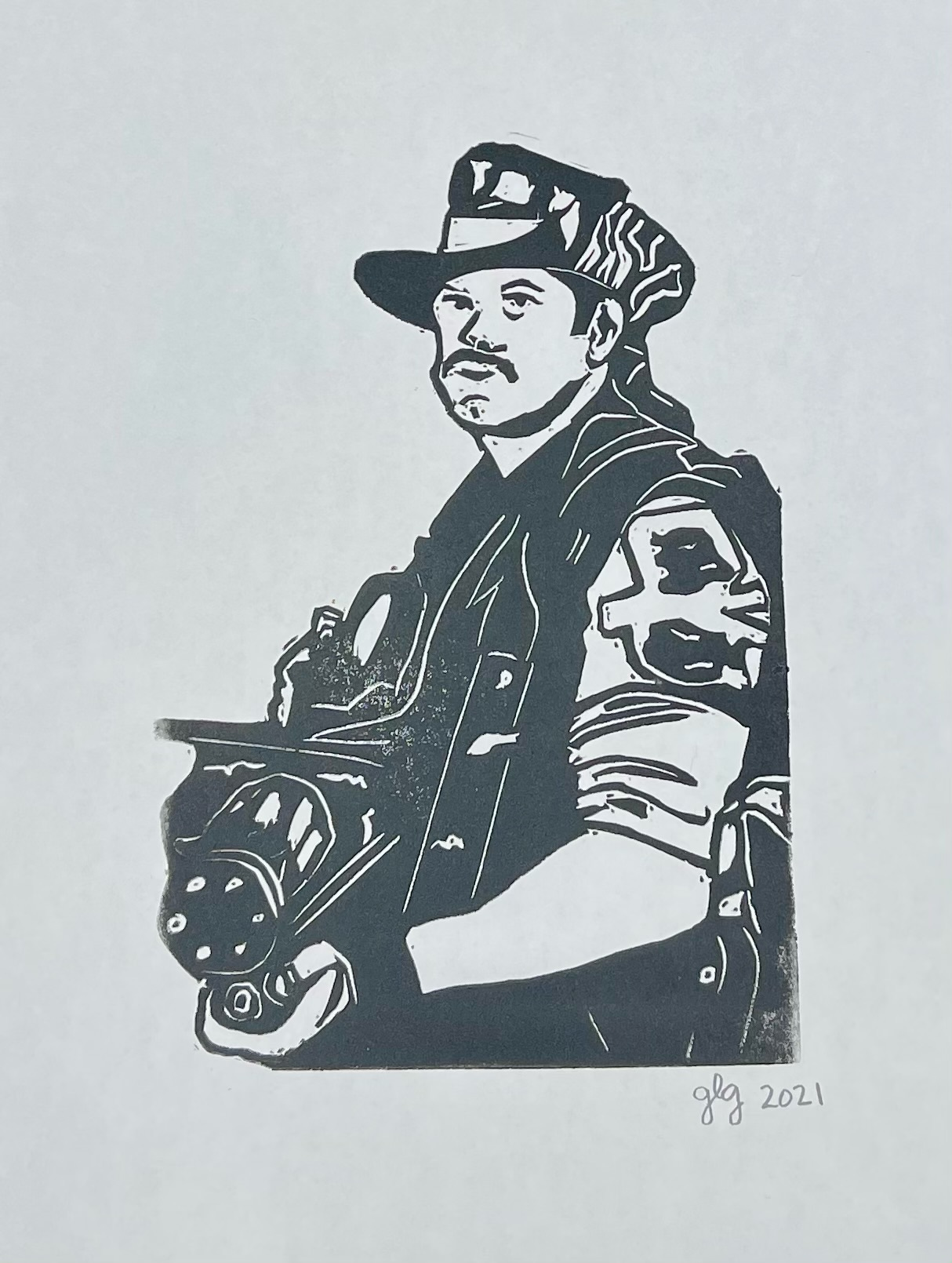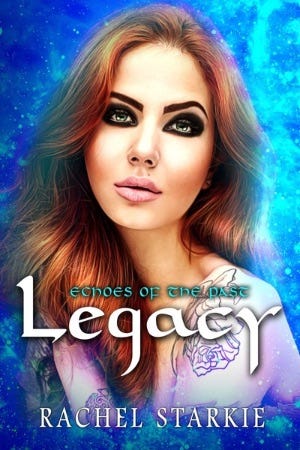Let’s Talk About Blood. “If It Bleeds, We Can Kill it!”
If you never seen Predator the Musical, check it out here! It will put a smile on your face. So, if you know the line from Predator, you’ll remember that as Mac (Bill Duke) guns down the rainforest with the M134 Minigun (Ol’ Painless) the Predator is shot and leaves fluorescent green blood on the leaves, and Dutch (Arnold Schwarzenegger) says, “If it bleeds we can kill it.”
Let’s hold the phone here, what the heck is up with the green blood—the Predator isn’t the only one, Spock and Hulk sport green blood. What about other colors? In Fifth Element the Diva Plavalaguna has blue blood, the Graboids (worms from the movie Tremors) has yellow blood, the Jabberwocky in Tim Burton’s Alice in Wonderland has purple blood, and the Xenomorph from the Alien universe has acidic blood (okay, not a color but it’s my party and I’ll bleed acid if I want to). So, are all these variations in blood color (or looking at you Xenomorph: pH) actual factual or do they just make good special effects? Well let’s go down the Rabbit Hole of Research and find out.
First Things First—Blood, What Is It Good For?
Blood is needed to transport oxygen and nutrients to all parts of the body, and blood carries carbon dioxide and other waste materials to the lungs, kidneys, and digestive system to be removed from the body. Blood can also carry hormones and fight infections. Blood is made up of blood cells and plasma.
Plasma is yellowish in color and has nutrients, proteins, hormones and waste products. Not going to talk much about this, but you can read the wiki.
There are many different types of blood cells, red blood cells (erythrocytes) which carries oxygen around your body, and white blood cells (leukocytes) that make up your immune system. Not going to talk much about white blood cells because they are colorless—important to human health, but not so interesting talking about variations in blood color! Okay, if you really want to learn about leukocytes, go read the wiki.
Okay, Blood Is Important, But Why Are Red Blood Cells, You Know, Red?
Okay back to the red blood cells. Red-blood cells contain the protein hemoglobin that contains iron and picks up oxygen in the lungs. When oxygen rich blood is pumped from the heart it is bright red, and as the blood circulates the body and oxygen is removed the blood grows darker red. It’s like 50 shades of red in your body—sexy!
But when I look at my arm, I see Blue?
Contrary to belief, there is no blue blood in humans. Okay, I hear all the groans out there, “But Jotham, I look at my arm and see blue veins and stuff... or Jotham, I saw a picture in a book once and they had blue veins and red arteries crisscrossing the body...” Yeah, yeah, yeah, you’re wrong, there is no blue blood in them veins!
The reason you see blue under your skin has to do with the way your tissues absorb, scatter and reflect light. It’s an optical illusion. That’s right, light is playing a trick on you and laughing at you for being so gullible! It’s okay the light isn’t laughing at you, but with you.
Not sure why people think blood is blue inside their body and red outside, maybe its from the pictures in books, maybe in chemistry class, that one day you paid attention, that hemoglobin bound to oxygen absorbs blue-green light (but this means it reflects red-orange light). No matter where you got this idea, blood in your body is red! Moving on—

“I Ain’t Got Time To Bleed”
Okay, so beyond the red blood that is coursing through your arteries and veins, I mentioned blue, green, yellow, purple, and acidic (I know, not a color). As I fired up the Google machine and started to search, I was surprised to find out that there were many organisms on earth which have different colored blood.
Yellow blood is found in beetles, and sea creatures like sea squirts, and sea cucumbers. Their blood is yellow because it contains vanabins, which turn yellow when exposed to oxygen, but not involved in transporting oxygen. Vanabin may be involved in collecting iron metal, but it’s still not understood why these organisms collect vanadium.
Green blood can be found in many annelids (segmented worms like marine worms and leeches), and they have chlorocruorin which turns green when oxygenated. Chlorocruorin is similar to hemoglobin, but doesn’t bind oxygen as tightly, and floats freely in the bloodstream instead of being inside the blood cell.
Blue blood is found in spiders, crustaceans, octopuses, squids and other mollusks. These organisms use hemocyanin that uses copper instead of iron to transport oxygen. The blood will appear clear when it is not carrying oxygen, and blue when oxygenated.
Purple blood can be found in brachiopods, penis worms, and other marine worms. Yes, you read that correct, penis worms—go take a look at the penis worms yourself if you don’t believe me. These organisms use hemerythrin to carry oxygen (colorless when not carrying oxygen and violet/purple when oxygenated). Surprisingly, hemerythrin does not contain heme, and recent evidence suggest hemerythrin is also involved in immunity and tissue regeneration.
Fun fact for trivia night: The heme in the names of blood transporters does not refer to the heme group, but the Greek word for blood.
Okay, Blood Can Be A Lot Of Colors, But Acidic?
So, in the Alien universe the Xenomorps have weaponized acidic blood. Acidic enough to burn through metal decking. But, really acidic blood?
The pH range of human blood is 7.35 to 7.45, and that’s a little basic if anything (pH is a measure of how acidic/basic a solution is. The range goes from 0 - 14, with 7 being neutral, <7 acidic and >7 basic).
If your blood become too acidic—acidosis—or alkaline—too basic—you may want to seek medical advice.
So, is this xenomorph acid blood just some convenient handwavium? Well, I was ready to call handwavium on this, but I came across an article that said hippopotamuses (yes, that is the plural, I looked it up) bleeds acid (known as “blood sweet”). I guess when hippos bask in the sun they secrete acid from their skin called hipposudoric acid and it acts like sunscreen and has anti microbial properties. Okay, so hippos secrete an acidic compound, but it’s not burning through the metal hull of a starship (if you’re wondering, your stomach’s digestive juices could melt metal).
Speaking of Starship Metal, Something Happened While Boldly Going Where No Man Has Gone Before.
After digging in the Rabbit Hole of Research, it seems the various colors of blood we see throughout fiction is possible, and we can find many examples of various colors of blood right here on Earth. But, before we leave with the warm fuzzy feeling that very little handwavium has been used when it comes to blood in fiction (sorry Alien fans) I want to warp speed back to Spock and talk about his green blood.

Even though we have examples of green bloodied organisms on Earth, Spock’s green blood is reportedly due to the Vulcan having the copper-based hemocyanin, like that of the octopus (I’ll save you the trouble of scrolling up: organisms containing hemocyanin have blue blood when oxygenated). So, what gives? It’s speculated that Star Trek writers were likely more familiar with how copper building material oxidizes to green than they were with the science of blue-blooded terrestrial arthropods. If only the writers could have read this episode of Rabbit Hole of Research—to the DeLorean—but that’s for another time!
Until we meet again, Live Long and Prosper
Hope you enjoyed this little trip down my Rabbit Hole of Research, and will join me next time as I reveal the actual factual science in fiction and fantasy. If you missed an episode, you can find them here. Like the prints you see in my newsletter, they are done by the talented Georgia Geis and the prints will be available for purchase at atomicnumber14.com.
Did I get something wrong ... right ... wanna say hello? Let me know, I write back— Email me
If you want to chat with me on the interwebs, find me at your favorite digital hangout!
Yard work calls!
Look at all that chlorophyll (green pigment in plants that absorb energy from sun light). Interestingly, Hemoglobin and Chlorophyll have similar structures. The main difference is that hemoglobin uses iron, whereas chlorophyll uses magnesium. Check out an old episode on how cool plants are!
Some Free Sci-Fi and Fantasy Stories:
Many Free stories! This promotion ends May 14th!
Check it out here!
Ultimate Fan Dr. Who Giveaway!
Over 200 dollars in prizes! Go Check it out
Subscribe to today’s bestselling authors for a chance to win print copies of Doctor Who: The Wheel of Ice by Stephen Baxter, Doctor Who: The Knight, The Fool and The Dead: Time Lord Victorious by Stephen Cole, Doctor Who: Scratchman by Tom Baker, and a signed edition of The Binge Watcher’s Guide to Doctor Who by Mackenzie Flohr, plus, the 4th Doctor’s scarf, the 12th Doctor’s sonic screwdriver, Doctor Who Dalek Yahtzee, Bad Wolf candle, Weeping Angel coffee mug, Missy/The Master Funko Pop, and T.A.R.D.I.S. hardcover notebook.
By entering your e-mail address in this giveaway, you are giving your consent to receive the e-mail communications from the following authors:
C.L. Cannon, Demelza Carlton, Nicole Adrianne, Bruce M. Perrin, Zachry Wheeler, Clayton Graham, Jason Winn, F Stephan, Mackenzie Flohr, Electively Paige, KJ Waters, Madilynn Dale, Galen Surlak-Ramsey, KJ Waters, Aurora Springer, Jotham Austin, II, Wesley Britton
You may unsubscribe at any time, but we hope you’ll stay and see what amazing books these indies have to offer!
This contest is open to US residents only, please.
Enter Here!
Legacy: Echoes of The Past" by Rachel Starkie
Neither life or love is easy in a broken and dying world.
The Earth is divided, stripped, and abused. The human experiment was an utter failure.
From across the stars came a superior race to heal a broken and desolate world. Man, however, in his fear and bigotry, turned from them and instead incited war.
There is a safe zone. Where the patriarchy is resisted, and others strive for Utopia. Where humans and aliens coexist not only in harmony but in symbiotic love.
Echo’s only dream is to take her son and escape. To leave behind the pain and humiliation of her life. Little does she know of the trials that await- the legacy of her birth or what it means to have not just Dhun’ai but also Sin’aeth, mates.





